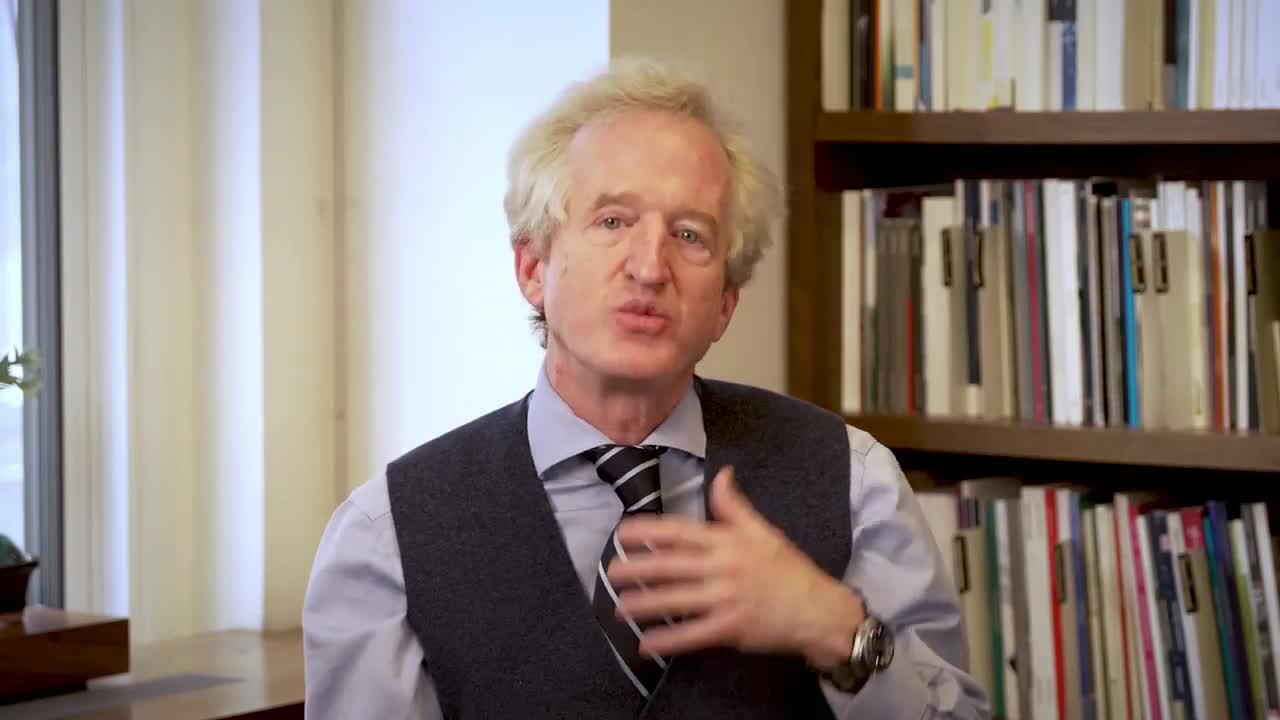Examples of how the low interest bubble era fueled speculation and irrational valuations
Transcript
| Speaker | Timestamp | Statement |
|---|---|---|
| Danton Goei: | If you look at specifically here, the Goldman Sachs unprofitable tech index. I mean just the fact that there is such an index out there should tell you something about the environment. You can see the companies that are in this and how well that stock index did over this time period here. If you look at the next slide, there you should see similarly the SPAC boom that we saw, right, an explosion there over a two, three year period, the number of SPACs, it was amazing to see that. Now, not so much, but we can talk about that. Then a lot of these companies you might think, well, they're fringe, maybe like meme stock type of companies. Here you can see that actually right in the heart of the S&P 500, these are the 500 largest companies in the United States, 73 of them are trading at above 10 times sales. That's a pretty obviously very, very large valuation metric. Since 1990, that average has been about 40 companies. That period there, those three decades, it is included a lot of boom bull markets, speculative periods, and still at only averaged 40, and now we're at over 70. That tells you a little bit about the market that we're in right now and where even the largest companies in the United States, over 70 of them in the S&P 500 are being impacted by these really high valuations. |
Related Videos
Investing through Volatility
PM Chris Davis on developing a mindset that allows you to tune out the daily drama and successfully build wealth.
The Danger of Overly Aggressive Growth Assumptions (1:30)
Why investors often overpay for the inflated growth projections of today's high flyers - taking on risk in the areas they see as safe
Share this Video
Click here for current fund holdings: DNYVF


